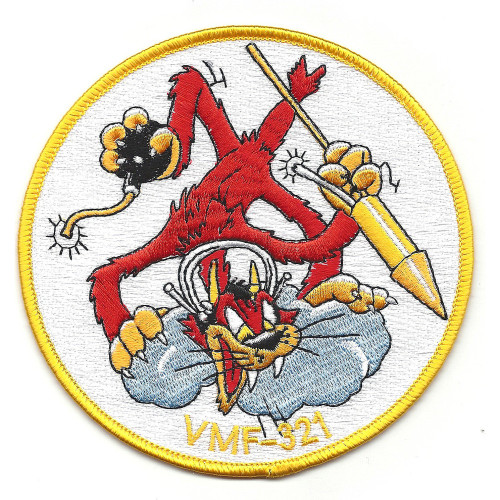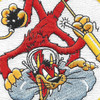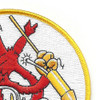Description
This patch was the second version replacing the Hells Angel's patch depicting a crazed red cat with horns in a cloud with a rocket and a bomb. A very well designed patch
View AllClose

















